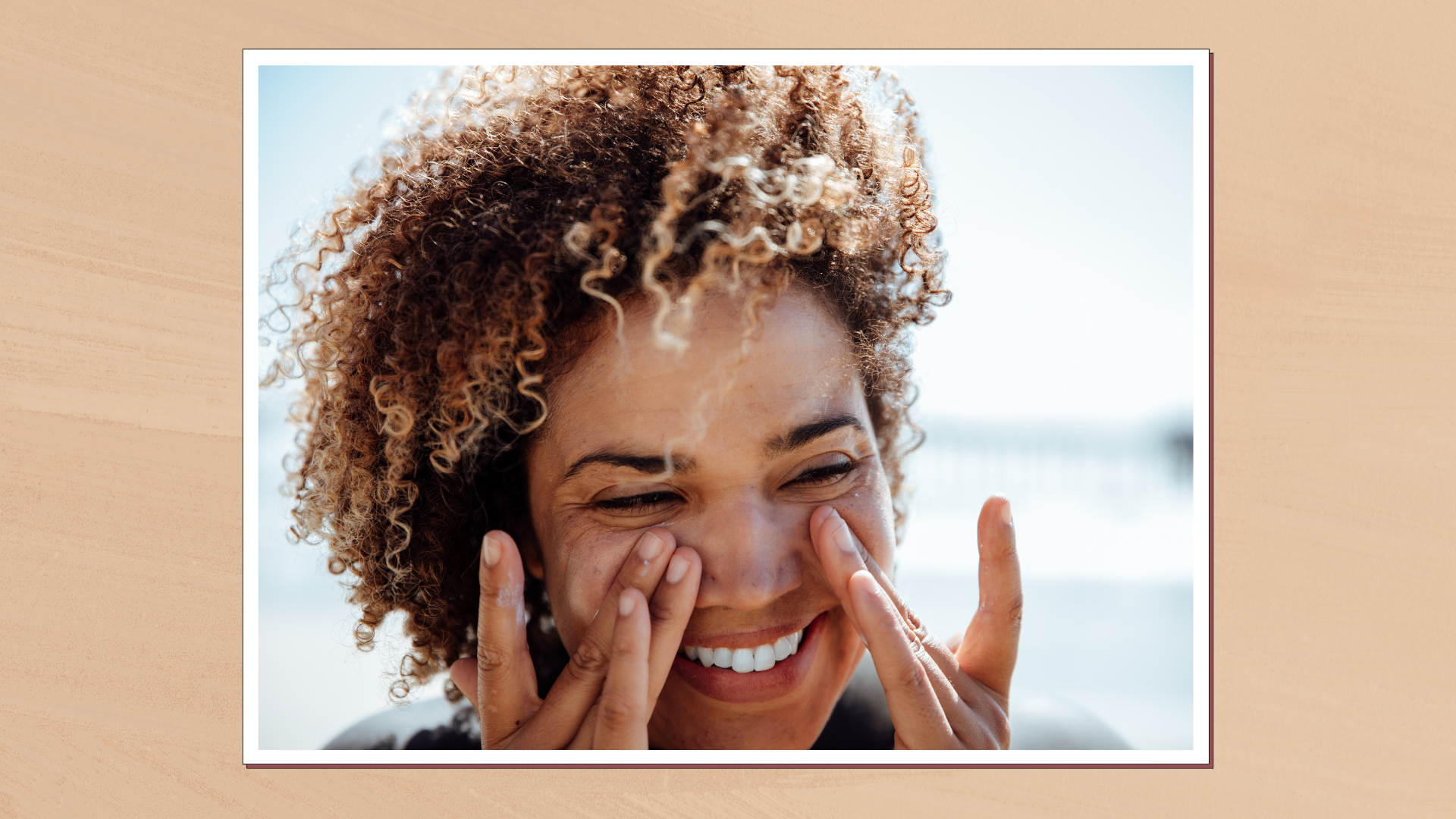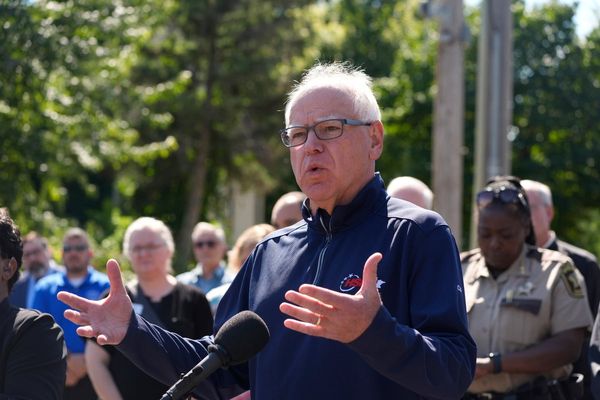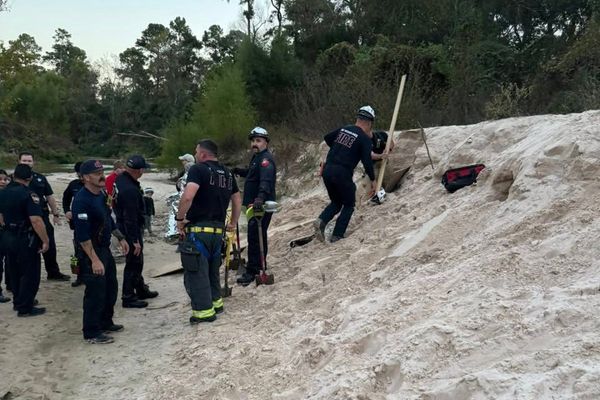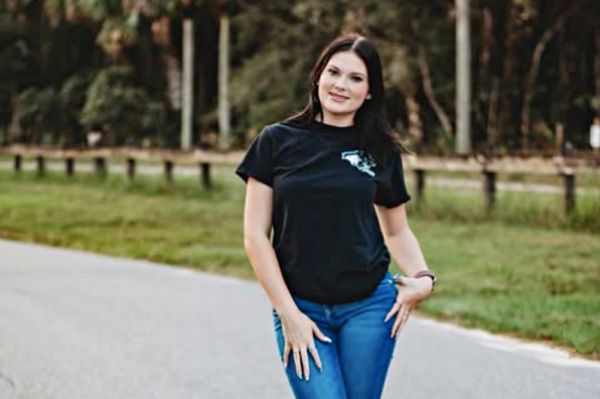
Living in Australia, it’s become clear that the stress put on sun protection here is superior to the UK. Aussies are taught early on that the sun, no matter whether it’s bright and high in the sky or subtly hiding behind the clouds in autumn, is a danger to skin, and they act accordingly.
In the UK, most of us are now pretty clued up about the importance of wearing the best facial sunscreen daily, especially in summer – but I’d argue we’re still behind the Aussies, who see it as a way of life, year-round.
Even as a beauty editor of over 10 years, I’ve been surprised to learn new things about SPF and the sun after spending the past year down under. From strenuous testing regulations to widespread awareness of the UV index, these five things have enabled me to develop healthier suncare habits since being here, and they should help you, too.
5 things I've learnt about SPF from living in Australia
1. The UV index is as important as temperature
Perhaps I was living under a rock before I came to Aus, but when my friends here started talking about the UV index in relation to sun safety, it went over my head. It’s not something we discuss back home, so I had to learn quickly what it all meant – and it’s helped my approach to suncare a great deal.
“The UV index is a useful tool that tells us how strong the sun’s UV rays are at that specific hour, on that specific day, at your specific location,” explains Dr Amélie Seghers, consultant dermatologist at The MOLE Clinic. Most smartphone weather apps list this as well as the daily temperature, so it’s worth checking it out, particularly as our environments continue to get drastically hotter due to climate change.
Dr Seghers advises following the below guide to the UV index.
- UV index 1–2: Low risk of harm from unprotected exposure
- UV index 3–5: Moderate risk
- UV index 6–7: High risk
- UV index 8–10: Very high risk
- UV index 11+: Extreme risk
That said, a low UV index is not an excuse to skip on SPF, but rather a handy extra tool for understanding when extra diligence is required – and when you should consider staying out of the sun full stop. Cancer Council, a key Australian sun care resource, recommends wearing sunscreen when the UV index is anything above 3.
2. SPF 50 is the only option
In Australia and New Zealand, you’ll rarely see sun protection in anything less than SPF 50, particularly for facial formulas. The shelves are filled with super high protection; most with lower levels simply aren’t carried in stores like Chemist Warehouse (the country’s answer to Boots), nor are they advertised as regularly.
Wondering what the difference is between SPF30 vs SPF50? Australian sun protection resources such as SunSmart and Cancer Council make it clear that their recommended suncare product comes with a quality factor 50.
SPF 30 offers adequate protection generally (and is better than lower than 30 or nothing at all), but wearing a higher factor ensures your UVB radiation (the UV rays responsible for burning and skin damage) is kept to a minimum. SPF 30 is estimated to filter 96.7% of UVB radiation, while SPF 50 is estimated to filter 98% of UVB radiation.
The Australian SPF market continues to reflect the aforementioned recommendations, and I’ve not used a SPF 30 since I arrived here.
3. There are so many ways to wear sun protection
The world of Australian sunscreens is a varied one; while I’d argue in the UK we currently have a stronger approach to SPF inclusivity (for example, products that don’t leave a white cast on darker skin tones are a top priority, as they should be), Aus has introduced me to new and interesting ways to wear SPF due to the commitment to formula innovation.
Take one look at an Australian SPF brand and you’ll see lotions, gels, waters, mists, balms and powders, meaning there are ample opportunities to find a way to wear sun protection (and importantly, to keep topped up) that works for you.
That said, I think the UK is catching up (just look at our newfound obsession with lightweight tinted sunscreen), but here, it’s easy to create a personal collection of sun protection products that do different things for different days and occasions.
4. SPF doesn’t mean you won’t get vitamin D (or a tan)
Before I came to Australia, I never really tanned, nor was I interested in doing so. Part of my life here, however, involves surfing and swimming regularly, meaning I develop a bit of a glow whether I mean to or not.
What I’ve learnt is that this still happens while wearing SPF 50 religiously. My point is: you should never scrimp on sun care because you’re worried you won’t get a tan. That said, tanning is still a form of skin damage (check out this piece I wrote on if it's ever safe to tan), so this should never be the aim.
Similarly, our focus on vitamin D in the past decade has meant the media is awash with false information about skipping SPF in order to produce and absorb our daily required amount. So does sunscreen block Vitamin D? Some UVB still ultimately reaches skin, meaning vitamin D production is not completely blocked.
However, supplementing your vitamin D production is an easy step to take if you’re concerned about your levels. Reversing years of sun damage from UV exposure? Not so easy. It’s simple: just wear the sunscreen.
5. Australian sunscreen is some of the best in the world
Australia as a country has some of the highest rates of melanoma skin cancer in the world due to the elevated temperatures, outdoor lifestyles and close proximity to the equator. Because of this, Australian suncare brands have some of the strictest regulations worldwide. The very way they are made is just... different.
“In Europe and the UK, sunscreen is classified as a cosmetic product and must follow the cosmetic regulations," begins Alexandra Bokeyar, general manager for MECCA-Maginations. "In Australia, primary sunscreens are considered therapeutic goods and regulated by the same body that is responsible for regulating medicines and vitamins,” she explains.
“In Australia, our sun protection standards are extremely rigorous due to our intense UV exposure and high skin cancer rates,” echoes Samantha Brett, founder of suncare brand Naked Sundays. “This environment demands thorough SPF testing, clear labelling and advanced formulations.”
Due to their high quality, unrivalled efficacy and innovative formulations, Aussie SPFs are, in my opinion, some of the best in the world. And, luckily, you can now shop many of them in the UK, including Ultra Violette, MECCA COSMETICA and Naked Sundays.
The best Australian sunscreen brands I love
RRP: £38 for 50ml
Ultra Violette creates unrivalled sunscreen textures, in my opinion; its hydrating formula is my holy grail SPF, while this new tinted version is making waves in Aus and back in the UK.
RRP: £25 for 30ml
Another of my favourite Aussie SPF brands, Naked Sundays reminds sunscreen users that sun protection doesn’t have to be boring. Its range of tinted drops merges the worlds of skincare and makeup – this clear serum feels and looks undetectable.
RRP: £35 for 75g
The SPF brand born from beloved Aussie beauty retailer MECCA, Mecca Cosmetica is fortunately available to us Brits. This one is my go-to; it feels luxurious and never breaks me out.







